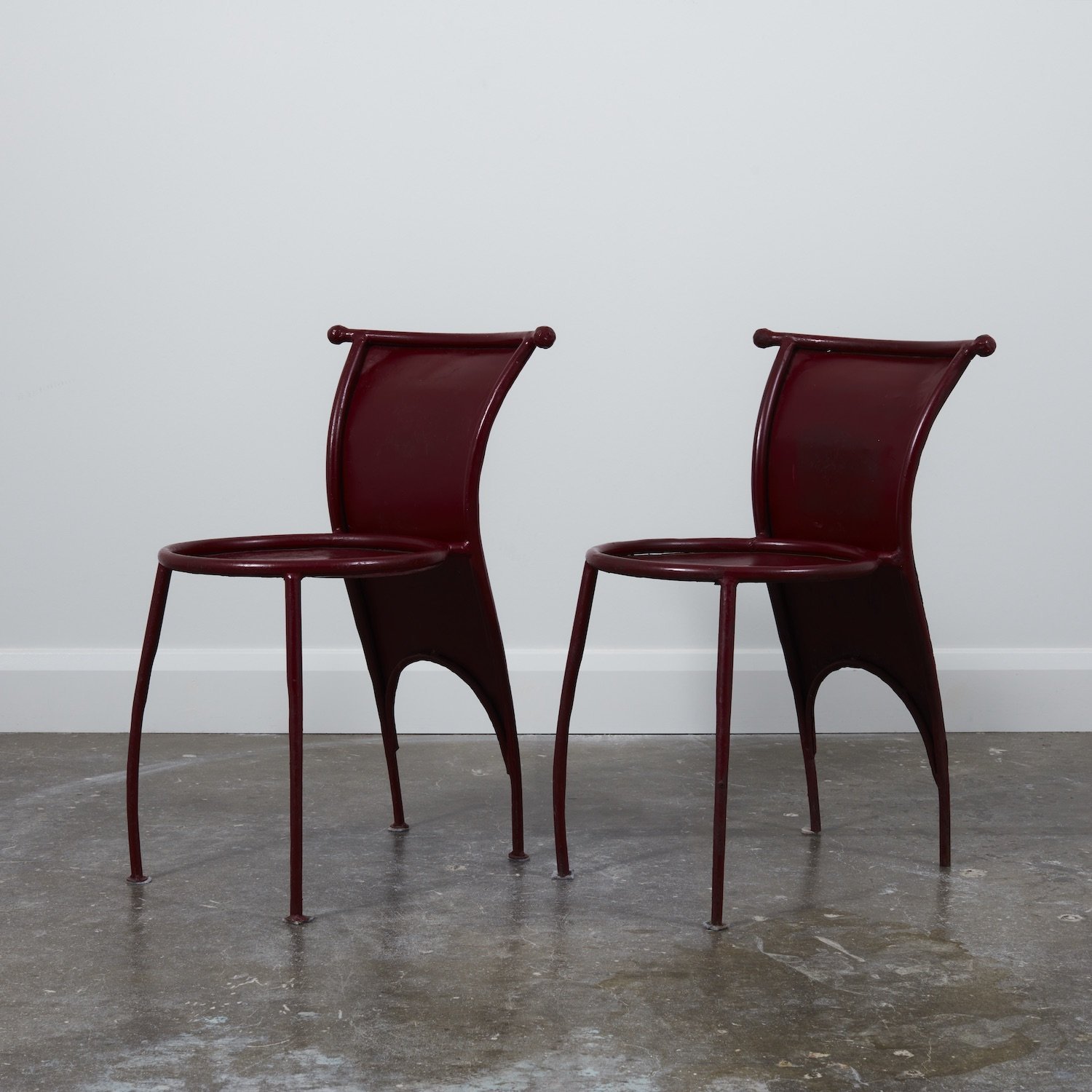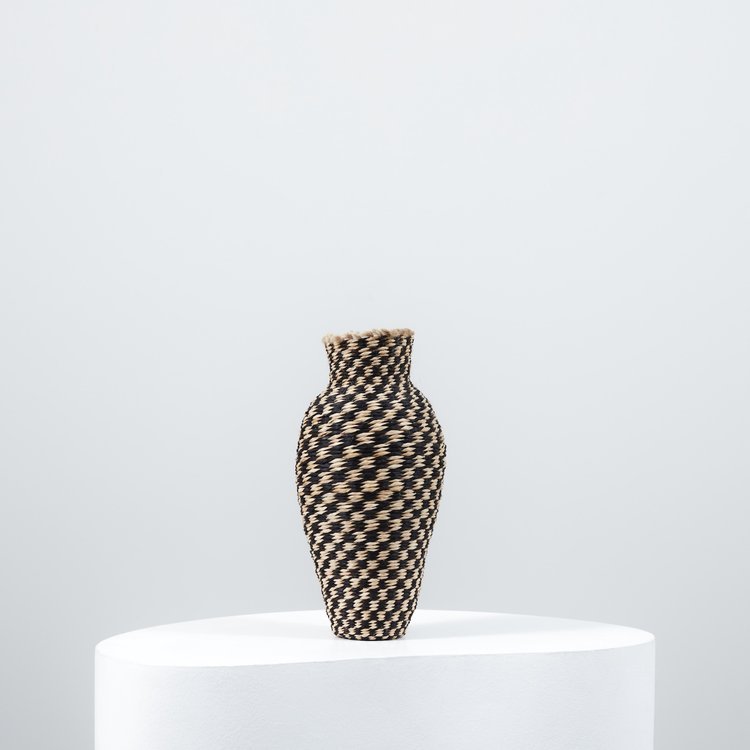Jill singer
co-founder and editor-in-chief of the online design magazine and creative consultancy Sight Unseen
Step into the mind of Jill Singer, a creative power house, certified design expert and one half of the internationally renowned platform, Sight Unseen. The online magazine and creative consultancy continues to uncover what’s new in the design industry and inspire on a global scale. Discover her unique approach to pushing boundaries and curatorial genius for unearthing objects worth finding.
Could you please introduce yourself and tell us about both yours and Monica’s journey in the industry?
Monica and I have been working together since the early 2000s, when we were editors at I.D., a beloved magazine about industrial design that sadly shuttered a few months after we left. That job was a crash course in design — I barely knew who Philippe Starck was when I started — but it was also a great place to work out our own ideas about style and what makes a good design or a great designer. We were already honing our curatorial muscles and realising how well we worked together when the opportunity to leave the magazine together and found our own editorial venture arose. Though we loved working in print, we realised we could be a more nimble and live more cheaply on the web. We founded Sight Unseen in November 2009.
What inspired you to start Sight Unseen, and how has that initial inspiration evolved over time?
We originally started Sight Unseen because we were interested in telling stories — about the makers we loved, about how things are made, and about people’s homes, possessions, and interests. We used to refer to Sight Unseen as sort of a guidebook to living a creative life, mapping out all of the inspiration points that led to a single beautiful thing being put out into the world. Sight Unseen was born at a really interesting time. People were becoming curious about how the things they purchased were made; design was becoming a more everyday interest on par with fashion; social media was just starting to take off; and there was a huge grassroots community thing happening in terms of designers taking control of the means of production and planting the seeds for everything that has happened in design since, including direct to consumer, the explosion of independent gallery work, and the continued erasure of any sort of boundary between design and art. We’ve managed to stay ahead of the curve the whole time, which is mostly due to an inherent taste level but also because we got in at the right time.
Photo by Sean Santiago
Aleiya Olu chair and Mike Ruiz-Serra coffee table - photo by Sean Davidson
How do you see Sight Unseen contributing to the design industry, and what sets your platform apart from others?
People have sometimes referred to us as the “fairy godmothers of design” in the way that we’ve often been able to pluck designers from the relative obscurity of their early careers and give them a visible platform, whether it be editorial, curatorial, or through sales. We were the first ones to show or write about everyone from Misha Kahn to Eny Lee Parker. We’ve always been a resource for inspiration and for talent scouting, and we’ve always been at the forefront of the industry, pushing both thinking and aesthetics forward, identifying which conversations are worth having. But now that there’s a shrinking design publishing landscape in many ways, I think one of the biggest things that sets us apart is that we have nearly 20 years of institutional knowledge about design. One of my favourite things to do is to look at what’s happening right now — whether it’s at a fair, or with a trend, or with a particular designer — and draw the lens way back, putting it in the context of everything that has come before.
How do you stay inspired and motivated in your work? In what ways do you hope to innovate and push boundaries in the design world in the future?
This can be hard after nearly 20 years and in a time when so much of what we see either looks the same as everything else or like something that has come before. We are naturally curious people, so that helps. We love traveling and seeing new places and seeking out new talents and getting obsessed with an aesthetic or designer from the past that we once knew little about. But I’ve found increasingly that I need large chunks of time when I’m not doing anything design-related at all in order to stay motivated. Of course, in our line of work, design finds us even when we’re not looking. We’ll be walking down the street and an incredible doorknob will stop us in our tracks. Occupational hazard.
What is the mission behind the platform?
We want Sight Unseen to be a place where people can learn about design in a way that’s fun and interesting and applicable to their everyday lives. It’s always been important for us to be able to translate even the most esoteric ideas in design in a way that’s immediately graspable and a little delightful. We don’t ever want to be pedantic or fussy; our voice is always more “look at this cool thing we found, doesn’t it make you want to go down the rabbit hole with us??!”
We’ve also always worked to provide a platform for independent designers — especially those who are pushing the boundaries of design, whether that’s through the development of new materials, new aesthetics, or new processes. We write stories about these designers, we founded a trade fair dedicated to showing work by them, we sell their work to collectors and interior designers, we consult with them on how to grow their businesses, we pair them with brands, and we wrote a whole book with several chapters dedicated to tracing their impact on contemporary design. But the main goal of Sight Unseen is to translate their ideas to the general public — and to make people understand why design is important, why it’s worth spending your money and time on, and how it can make your life fundamentally better.
How do you curate and select the designers and artists featured on Sight Unseen?
We find people through a mix of submissions, Instagram research, word of mouth, furniture fairs, and simply hanging out with the design crowd in various cities across the world. Design is a very social and community-driven industry in America. Every subject is selected on a gut instinct, and, as we try to remind everyone, every object looks even better when photographed in a beautiful interior.
Heymat x Sight Unseen doormat
Are there any upcoming projects or developments that you're particularly excited about and can share with our readers?
Most years, we’ve done a show in some form or another during the month of May in New York. We’re tinkering with reconceptualising our cult-favourite fair, Sight Unseen Offsite, and bringing it back in the spring. We can only do this if the right trifecta of location, budget, and partners all fall into place, but we have a specific vision that we’re excited about, so hopefully we can bring it to life! We’re also going to be publishing a series of mini-books by one of our favourite architectural photographers, so stay tuned!
Images left to right, Sight Unseen at New York Design Week 2023, furniture by Willett, photo by Sean Davidson, House of Jean Lee & Dylan Davis of Ladies & Gentlemen Studio, styling by Sight Unseen, photo by Sean Davidson, House of Hélène Rébelo & Édouard Beauget, from How to Live With Objects, photo by Charlie Schuck, House of Helena Barquet & Fabiana Faria of Coming Soon, from How to Live With Objects, photo by Charlie Schuck, Sight Unseen at New York Design Week 2023, furniture by Danny Kaplan, photo by Sean Davidson.

















